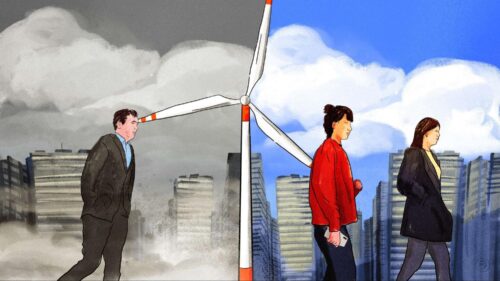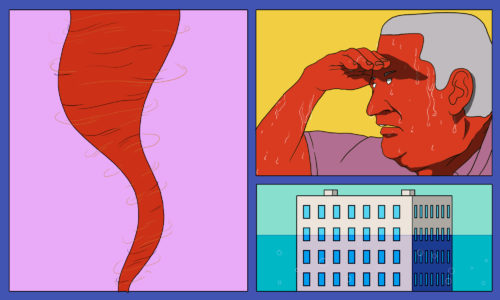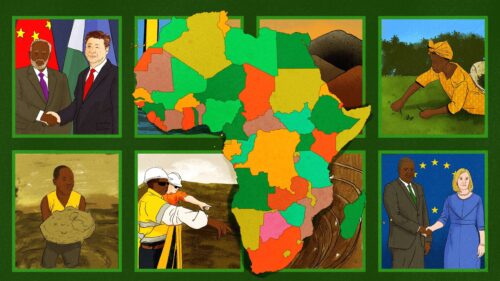After weeks of flooding, China’s Leshan Giant Buddha gets its toes wet for the first time since 1949
Sichuan Province and Chongqing issued their highest levels of flood warning, as a historic deluge continued across much of central and southwestern China. The Three Gorges Dam is expected to hit a record water level this Saturday.

For the past two months, much of central and southwestern China has been caught in a historic deluge. The metropolis of Chongqing experienced its worst flooding in decades back in June, and since then, the situation has only gotten worse. By late July, torrential rains had filled rivers and dams in “27 of the country’s 31 provinces, affecting more than 37 million people and leaving 141 dead or missing.”
Communities all along the Yangtze River Basin are affected (the SCMP has a helpful graphic of the geography).
- The Leshan Giant Buddha, a 1,200-year-old World Heritage Site, had floodwaters touch its base for the first time since 1949, Reuters reports. “Staff, police and volunteers used sandbags to try to protect” the largest stone buddha in the world, which stands 71 meters (233 feet) tall.
- Sichuan Province, where the buddha is located, temporarily “raised its emergency response to the maximum level” on Tuesday in response to the historic floods.
- Chongqing, the directly controlled municipality downriver from Sichuan, remains at its highest flood warning level. The Wall Street Journal says that Tuesday was “the first time that the two local governments issued this highest level of alert since China established a four-tier emergency response system in 2005.”
- The Three Gorges Dam, further downriver, is nearly at full capacity, and is expected to hit a record on Saturday, the WSJ reports. The Yangtze River Water Conservancy Commission has been “increasing the discharge of water from the Three Gorges downstream” as the reservoir has neared capacity.
- Anhui Province, which borders coastal provinces, was visited by Chinese leader Xí Jìnpíng 习近平 on August 18. Xi came to inspect “flood-control measures on the Huai River, another flood-prone waterway,” Bloomberg reports.
Separately, heavy rainfall in the Tibetan region is increasing the risk of what is known as a glacial lake outburst flood in the Qinghai-Tibet Plateau, according to experts from the Chinese Academy of Sciences, China Science Daily reports (in Chinese).
- “As the warming of the climate accelerates and extreme [weather] events increase, the freezing cycle also sees more frequent instances of instability — snow or ice collapses, glacier fluctuations, and glacier floods — which in turn trigger glacial lake outbursts,” one of the scientists is quoted as saying.
The flooding has caused food-security worries, and is part of the reason for an aggressive anti-food-waste campaign right now. But, some good news, per Caixin: “The yields of early-season rice in China rose 3.9% year-on-year to 27.3 million tons despite recent floods in the country’s south, marking the first increase in seven years.”
See also:
- China record floods wet feet of Leshan Giant Buddha / BBC
- Flooding again pounds China’s Three Gorges Dam / WSJ (paywall)
- The worst floods in decades bring fears of a black swan event / The China Project
- China’s summer of floods is a preview of climate disasters to come / InsideClimate News






